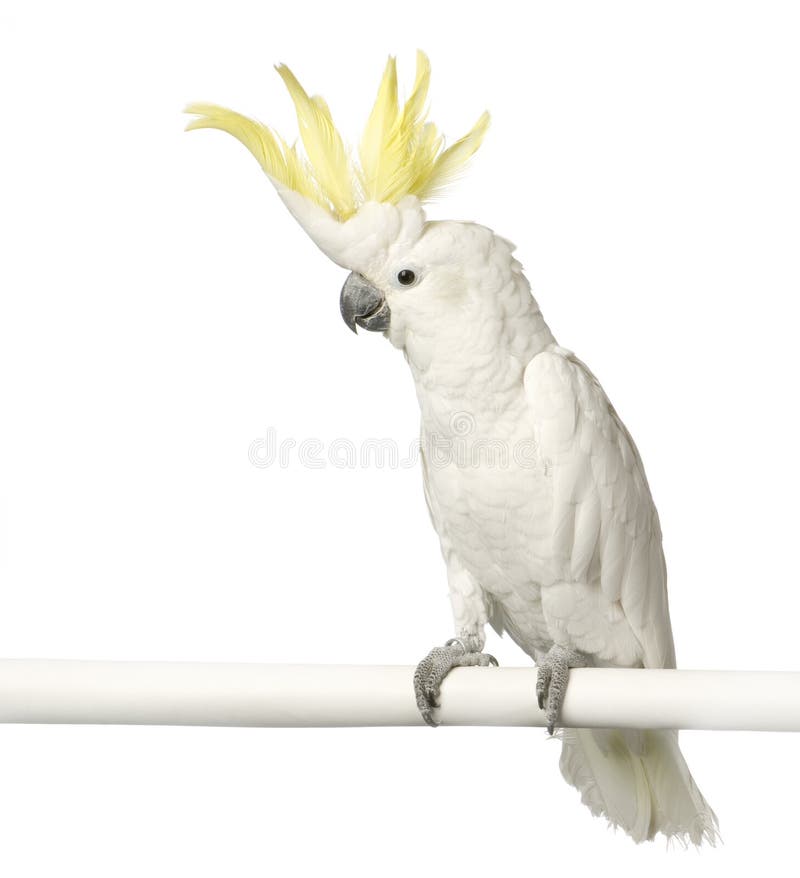

Occurs in forest edge, woodland, farmland, coconut palms, semi-arid areas and forest.Įats seeds, berries, flowers and leaves and leaf buds. abbotti: Restricted to Masakambing Island, Java Sea.įound up to 1200m (3936 ft). parvula: Nusa Penida and throughout Nusa Tenggara (except Sumba).Ĭ.s. Introduced to Hong Kong and Singapore.Ĭ.s. sulphurea: Sulawesi and nearby islands, and islands in Flores Sea. Has suffered steep declines (> 80%) because of widespread forest clearance and unsustainable trapping for trade.Ĭ.s. Socialization, bathing using overhead misters or misting bottles chew toys (made of bird-safe wood and vegetable tanned leather), fir, willow, pine and elder branches, different sized perches.ġ2" x 12" x 24" (30.5cm x 30.5cm x 61cm) or 12" x 12" x 36" (30.5cm x 30.5cm x 91.5cm) vertical box. Mix of small seeds: canary, oats, safflower spray millet limited sunflower seed, dry, soaked or sprouted sprouted pulses such as mung beans, cooked butterbeans and lentils boiled maize green leaves such as: Swiss chard, lettuce, sowthistle, dandelion, chickweed fresh vegetable such as: corn, carrot, celery, zucchini, green beans or peas in the pod fruit such as: apple, pear, orange, cactus fruits and bananas nuts such as: walnuts, hazelnuts, pecans and roasted peanuts complete kibble.

Walk-in aviary, minimum length 4.5m (14.7 ft). Once the best-known cockatoos outside Australia less common since 1980s.


 0 kommentar(er)
0 kommentar(er)
